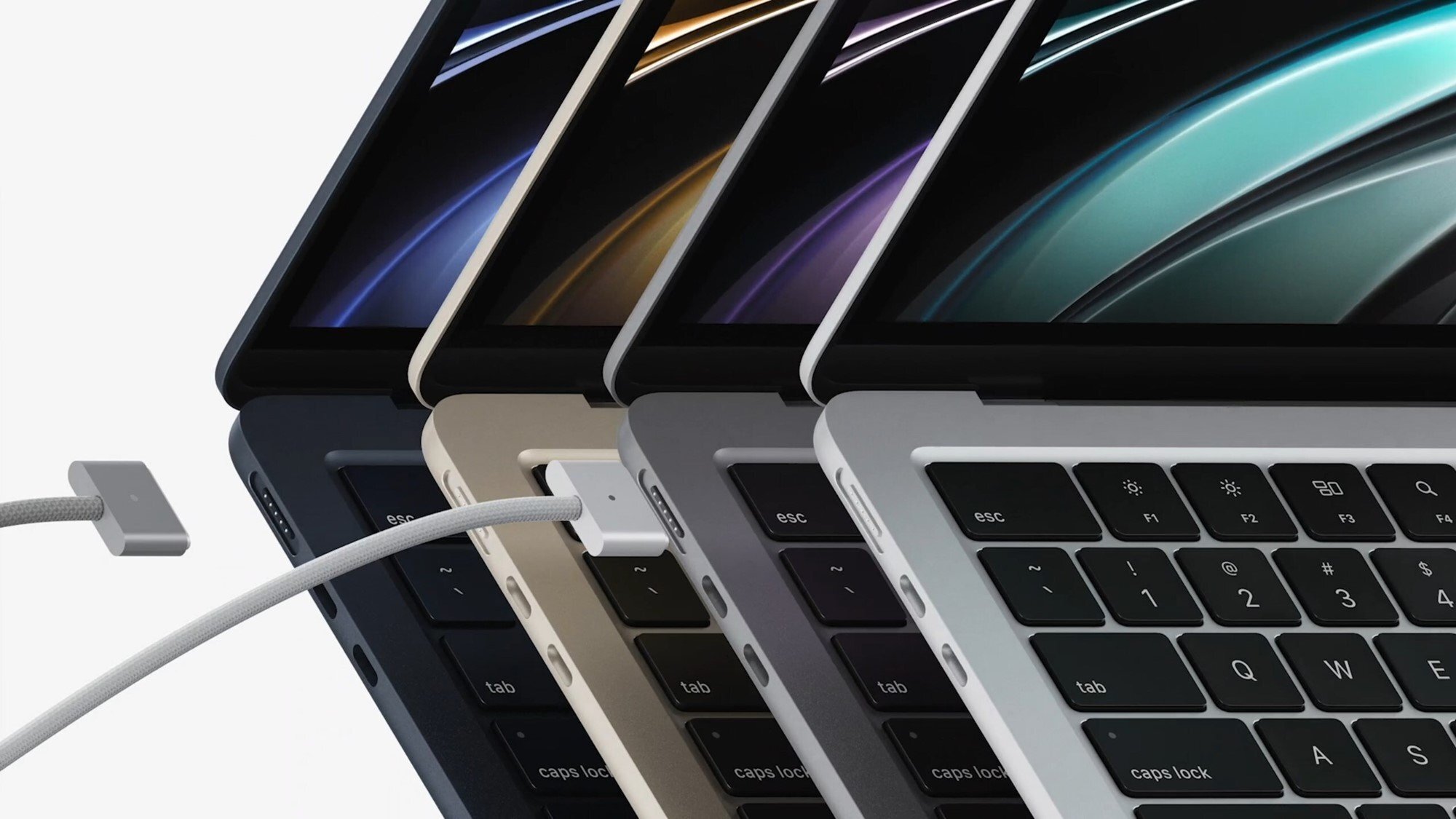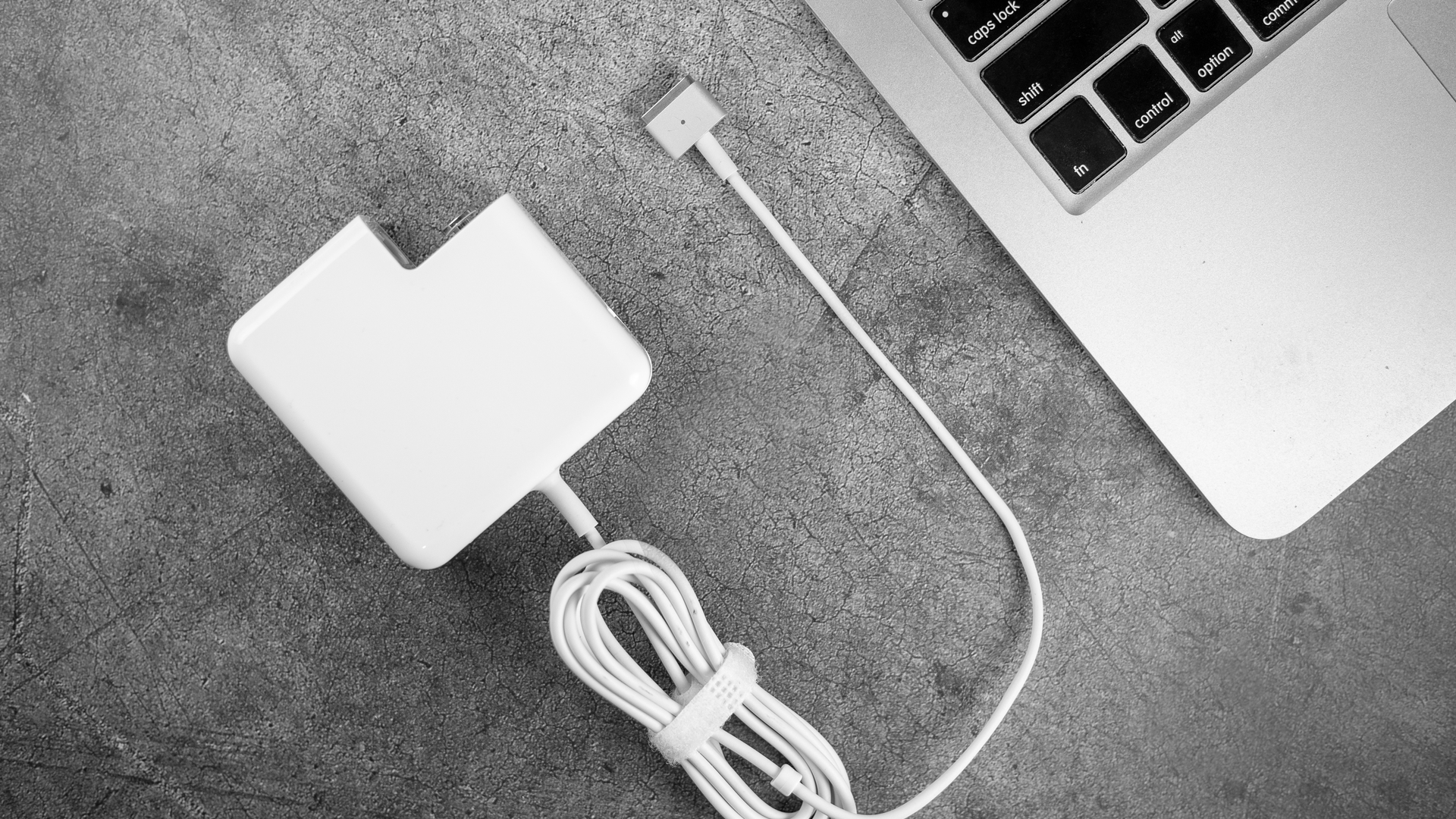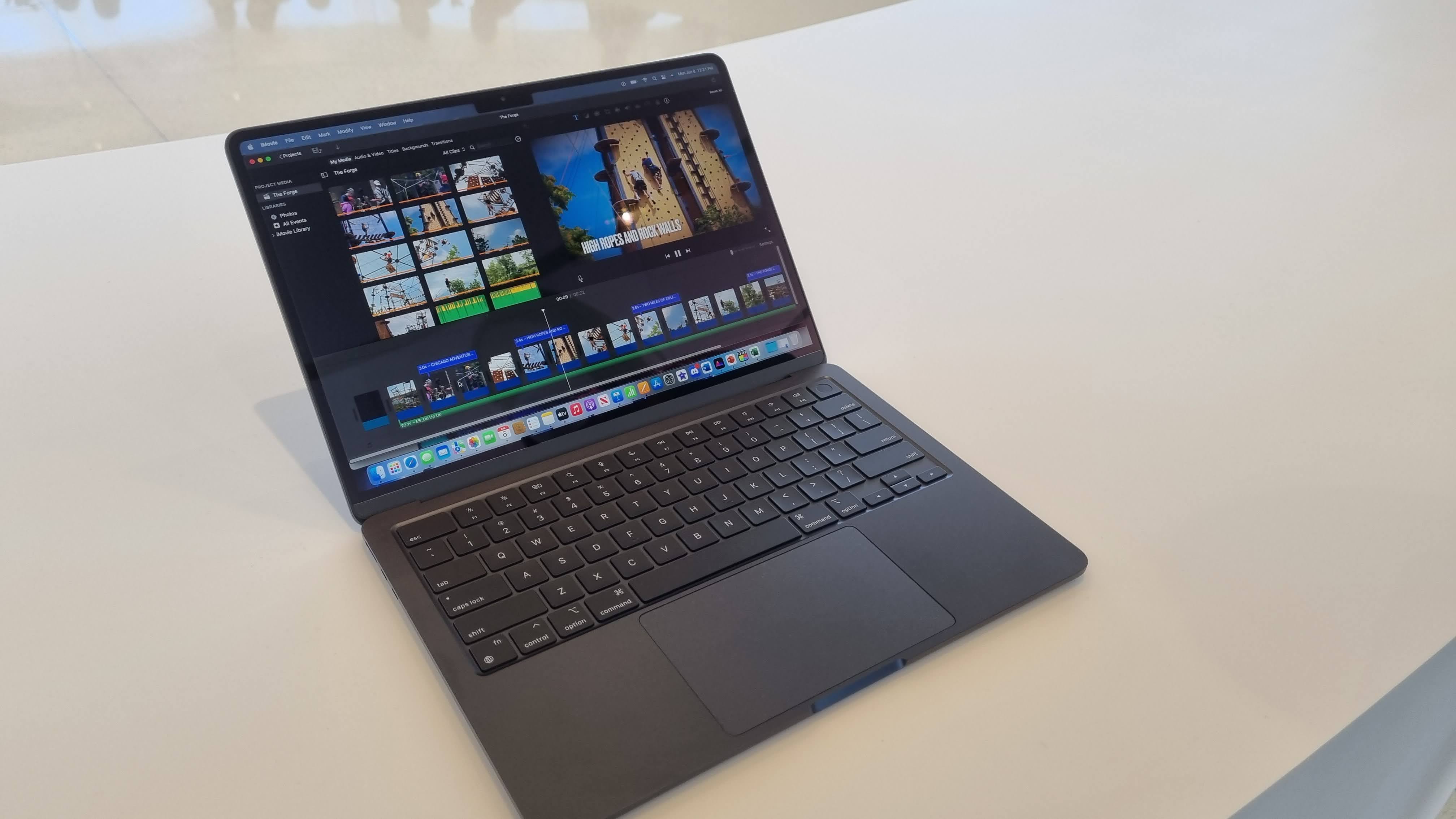MagSafe returning to MacBook Air laptops is a welcome throwback
Opinion: Do we need this blast from the past?

There was plenty of speculation surrounding what Apple could reveal at WWDC 2022. From colorful MacBooks to Apple VR, rumors ran rampant for weeks during the run-up to the event itself and while many of these fell flat (we’re pretty miffed about a lack of rainbow-hued laptops), one long-standing prediction rang true: MagSafe has returned to the MacBook Air.
Specifically, the newly announced MacBook Air that's powered by Apple's latest silicon, the M2 chip.
Unfortunately the 13-inch M2-powered MacBook Pro didn’t get the same treatment, which is leading some people to conclude that the more affordable MacBook Air is likely the better option if you were stuck between the two offerings.
However, does MagSafe really matter that much to everyday users though? A glance on social media apps like Twitter would certainly suggest so, with a great deal of coverage from tech influencers and reporters on the ground at the conference, placing the feature as a prominent win within the strict 140-character limit on posts.
The first M2 Mac will be… a matte black MacBook Air 😎 (11.3mm and with MagSafe) pic.twitter.com/uWBJbIiDX6June 6, 2022
For those who need a quick Apple history lesson, MagSafe charging made its debut in 2006 on the first-ever MacBook Pro laptop, and later featured on the first MacBook Air in 2008.
This magnetic laptop charger was designed to help prevent situations that could break the laptops as it was designed to immediately disconnect if tugged on, which meant your precious hardware wouldn’t be dragged off your desk if someone happened to kick the charging cable.
Apple made the decision to start removing MagSafe from its hardware a few years ago starting with the 2016 MacBook Pro. The last product to have featured the charger was the 2017 MacBook Air, which was discontinued for good in 2019, with all models since rocking the universally recognized USB Type C charger
Sign up for breaking news, reviews, opinion, top tech deals, and more.
Why did Apple ditch the MagSafe?

While we can think of a few reasons why Apple would have made the choice to remove the feature, the most likely is also the most obvious: USB Type-C can do more than just charge your machine. MagSafe has its benefits, but it doesn’t allow for data transfer which ruins the aesthetic of having ‘one cable to rule them all’ in a clean setup.
Reddit user Tangoshukudai claims to have worked at Apple during the time when MagSafe was created and also provides some interesting insight into some of its benefits that we might have taken for granted, stating, “Magsafe was created because Apple noticed that the most common repair on PowerBooks was the DC-in would get damaged, (the pin from the power would break off inside or they would get severely bent) from people tripping over the power cable.
The power plug would get ripped off inside the PowerBook (the port is called a DC-in) and this would also most certainly cause a hard drive failure from the impact.”
why_did_apple_get_rid_of_magsafe from r/apple
The fact that the new MagSafe chargers are color-coordinated to the hue of the MacBook Air is cute, but this still feels like a step backwards.
The same Reddit user also has a few points in favor of USB Type C charging, stating “Apple improved their design by allowing their USB-C able to disconnect from the power adapter and the MacBook so that it has less of a chance of sending your laptop to the ground.”
I can’t be the only one who yelled in excitement when they announced MagSafe is back on Apple laptops #WWDC22 pic.twitter.com/ilqmiQ3lcOJune 7, 2022
If the previous USB Type C charger offers many of the same benefits as MagSafe, why bring it back at all? Some argue that MagSafe does a better job at being safely removed if tugged, but USB-C charging still has so many advantages to offer.
A surprising one is that you could use third-party USB Type C cables outside of the typically pricey Apple Ecosystem, so you could replace the out-of-box charger with a cheap replacement when in a pinch, or use existing cables laying around your home.
You're getting the best of both worlds

This feels like it's appealing more to nostalgia instead of functionality, but MacBooks are enjoying a few other throwbacks at the moment. Beloved ports such as SD card readers and HDMI returned to the 2021 MacBook Pro laptops, which also feature a third-gen MagSafe charger.
Just because it has nostalgic appeal, doesn’t mean that the benefits of MagSafe charging arent clear though. It allows for fast charging, providing 50 percent of power in just 30 minutes on the MacBook Pro 14-inch, and that easy connect / disconnect functionality will be a real win for folks who have small children or clumsy pets.
It's also worth noting that nobody is really losing with this announcement, as the MacBook Air 2022 will also support USB Type-C charging via its two Thunderbolt ports. While it charges at a slower pace than the main MagSafe charger, so you can still charge the device if you’re stuck without its main power cable.
In short, this isn’t a replacement for the universal charging we’ve become adjusted to. Instead, this is additional functionality and should help to boost the appeal of MacBooks with folks who appreciated MagSafe without losing the favor of those who are firmly in camp USB-C. It’s a smart move from Apple, and proves that sometimes, it's good to return to your roots.

Jess is a former TechRadar Computing writer, where she covered all aspects of Mac and PC hardware, including PC gaming and peripherals. She has been interviewed as an industry expert for the BBC, and while her educational background was in prosthetics and model-making, her true love is in tech and she has built numerous desktop computers over the last 10 years for gaming and content creation. Jess is now a journalist at The Verge.